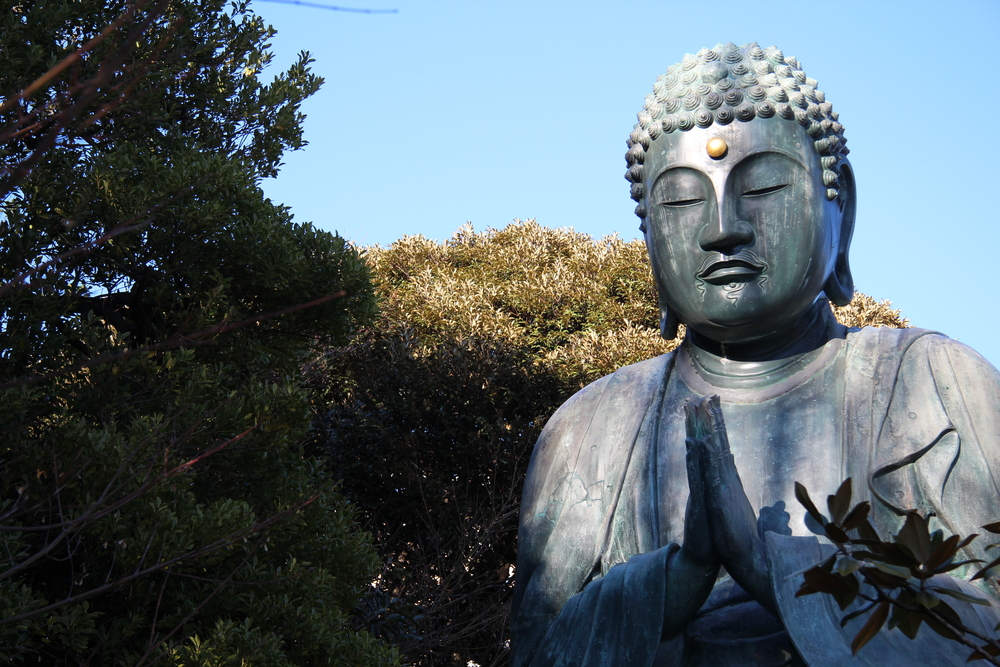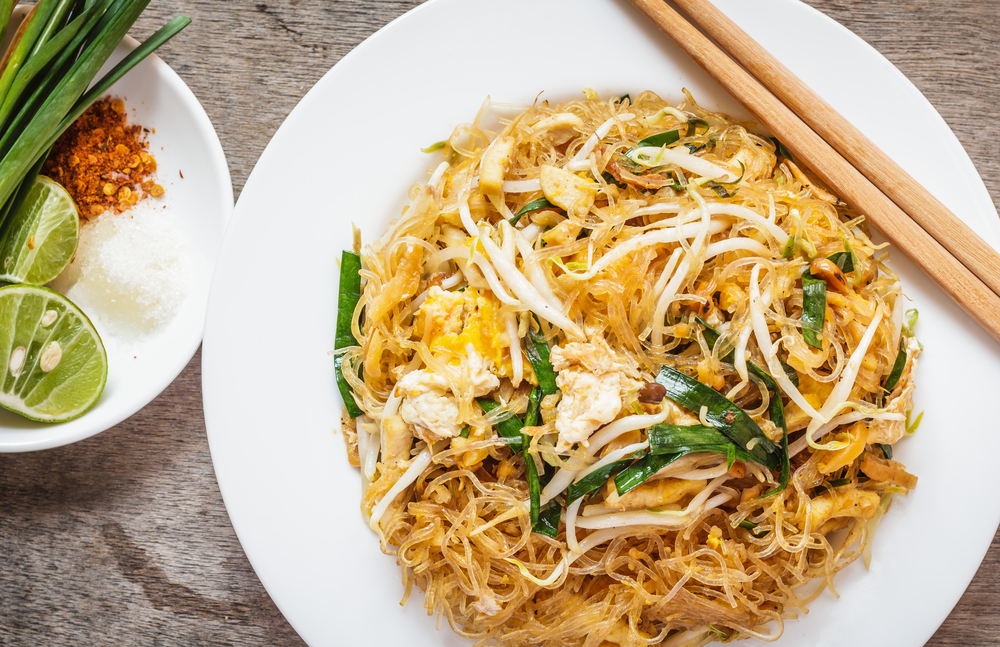Country Snapshot: Cultural Overview
Thailand is known as the Land of Smiles. And, indeed, there are plenty of reasons to grin. Thailand’s people are friendly, easygoing and family-oriented. Mostly Buddhists, they place great emphasis on social harmony. But Thailand is not without its reasons to grimace. Its economic development has caused environmental degradation, and a secessionist movement has created tension among its religious groups.
Cultural diversity exists in Thailand despite a population that is mostly ethnic Thai. Chinese form the second largest ethnic group. About a quarter of Thailand’s population lives near urban centers. Northern Thailand is home to several hill tribes, subsistence farmers who migrated from China, Myanmar and Tibet. The tribes have their own cultures and languages. Southern Thailand is largely populated by Malay Muslims. The official language is Thai, though English is the secondary language of the elite, and ethnic and regional dialects are spoken.
Religion in Thailand is predominantly Theravada Buddhism, which is followed by more than 90 percent of the population. Buddhism has inextricable links with the social and cultural ethos of Thailand. Monks officiated at the coronation of the king, who is the anointed protector of Buddhist religion in Thailand. Buddhist rituals are performed during births, weddings, housewarmings, funerals, business openings and even the buying of vehicles. Meditation, once the prerogative of only monks, is practiced by a large number of Thais of all classes and ages. Muslims represent 5 percent of the population, and Christians, Confucians, Hindus, Jews, Sikhs, Taoists and animists represent the rest.
Social unrest has been seen in Thailand’s southern, predominantly Muslim provinces. Separatist violence and counterinsurgency attacks have claimed thousands of lives and fractured religious amity. Radical Islamists hoping to provoke a backlash have targeted Buddhist monks many times, and many Muslim men have died in police custody after violent protests.
Superstitious beliefs guide a typical Thai from birth to the grave, ordering daily life—what to wear, what to eat, and when and how to do things. For example, Wednesday is said to be an unlucky day for a haircut, thus many barbershops close on this day. The Thai lifestyle is intertwined with beliefs and practices accumulated through time. Superstitions are mainly rooted in ancient animistic religions, spirit worship and Buddhism.
Thai cuisine has gained fans far from its home country. Thailand’s national dish, pad thai, composed of fried noodles with meat, bean curd and vegetables, is popular in several Western nations. Each region puts its own spin on Thai food, but there are common threads. Rice is generally eaten at every meal—and even used in desserts. Coconut milk is a common base for soups, curries and other sauces. Most Thai foods are strongly seasoned with ingredients such as curry paste or chilies, lemon grass, ginger, lime, cilantro, fish sauce or shrimp paste.
Copyright © 1993—2025 World Trade Press. All rights reserved.

 Thailand
Thailand 
